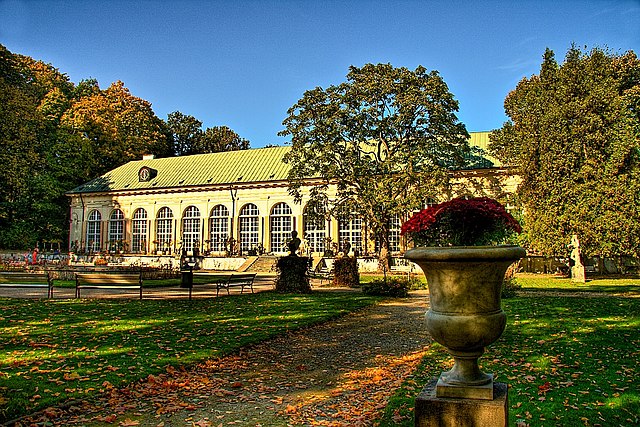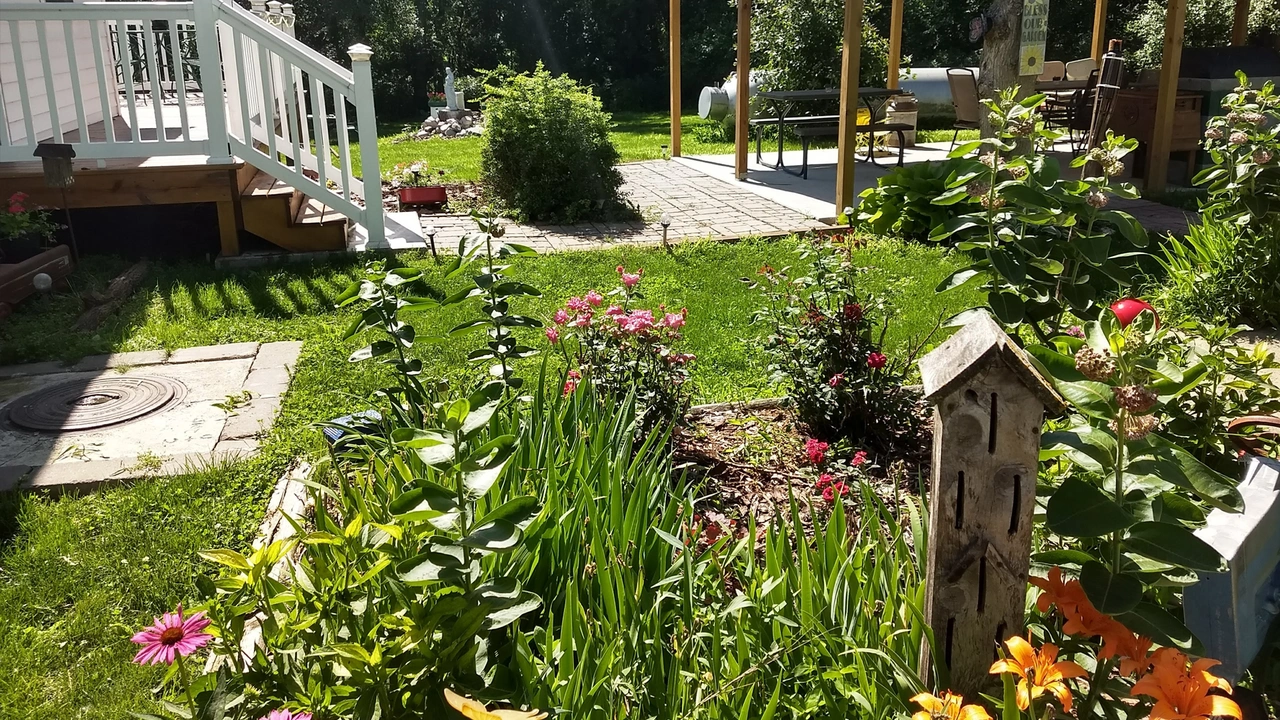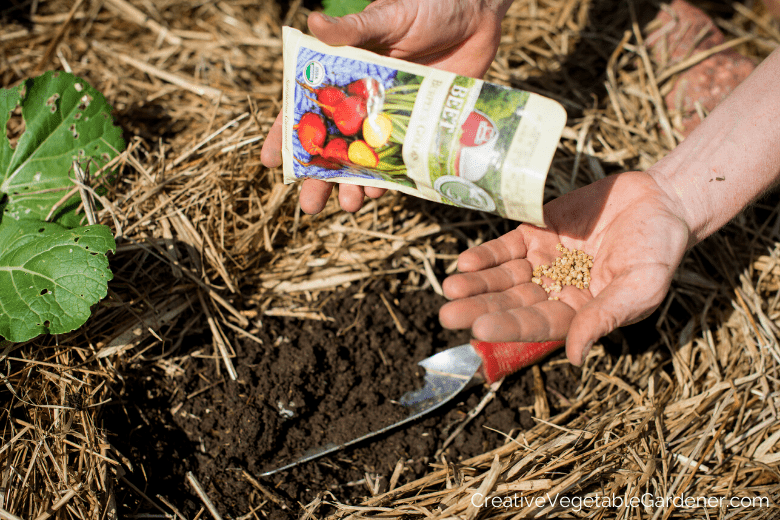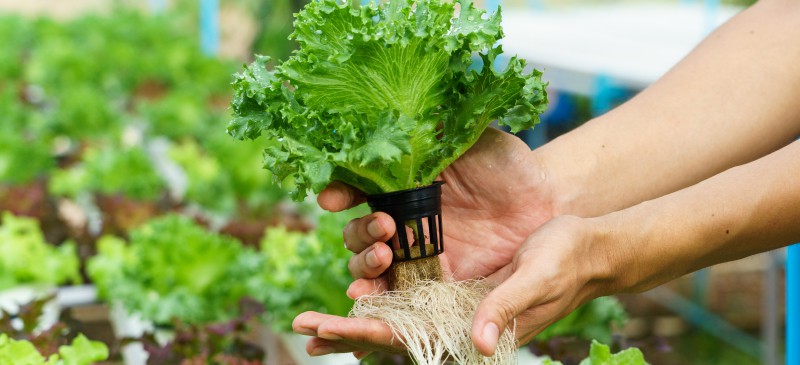Gardening has been a fundamental piece of human civilization for millennia. The act of developing plants for food, medication, and esthetic delight has advanced essentially after some time. This work of art has been impacted by modern gardening methods, advancements and developments.
Ancient Times:
Gardening traces all the way back to ancient human advancements, where it was firmly connected to endurance and otherworldliness.
Mesopotamia and Egypt: In Mesopotamia, gardens were essential for sanctuary buildings, representing the association among people and divine beings. The Draping Nurseries of Babylon, one of the Seven Miracles of the Ancient World, epitomize the loftiness of ancient nurseries. In Egypt, gardens were essential to day to day existence, filling in as wellsprings of food, medication, and magnificence. Gardens were often encased spaces with mathematically organized beds, mirroring the Egyptians’ high level comprehension of water system and plant development.
Ancient China: Chinese nurseries zeroed in on amicability among nature and human-made components. Early Chinese nurseries joined rocks, water, plants, and engineering to make peaceful scenes. The idea of Feng Shui, adjusting normal powers, was integral to cultivate configuration, impacting the arrangement of components to advance wellbeing and success.
Ancient Greece and Rome: Greeks and Romans extended gardening to incorporate elaborate and delight gardens. In Greece, gardens were important for exercise rooms and public spaces, often highlighting sculptures and figures. Romans further created gardening procedures, presenting topiary (the craft of forming plants) and building elaborate estate gardens with patios, wellsprings, and mosaics. They additionally spearheaded nursery gardening to develop extraordinary plants.
The Medieval times:

During the Medieval times, gardening rehearses developed fundamentally inside religious communities and palaces.
Ascetic Nurseries: Cloisters became focuses of plant information, with priests developing restorative spices, natural products, and vegetables. Religious nurseries were ordinarily isolated into segments, including the herbarium (spice garden), hortus (vegetable nursery), and pomerium (plantation). These nurseries safeguarded and sent natural information through troublesome times.
Archaic Palaces: Nurseries in middle age palaces filled commonsense and esthetic needs. Kitchen gardens gave new produce, while joy gardens included yards, flowerbeds, and concealed walkways. Encased gardens, known as hortus conclusus, represented virtue and insurance.
The Renaissance:

The Renaissance denoted a recovery of interest in old style vestige and huge progressions in gardening.
Italian Renaissance Nurseries: Italian nurseries underscored balance, extent, and viewpoint, motivated by Roman nurseries. The utilization of patios, water elements, and traditional sculptures made intricate and formal nursery designs. The Medici gardens in Florence are striking instances of this style.
French Proper Nurseries: French nurseries, impacted by Italian plans, were described by severe mathematical examples and broad utilization of parterres (fancy blossom beds). André Le Nôtre’s plan of the Nurseries of Versailles epitomizes the glory and accuracy of French proper nurseries, with immense yards, elaborate wellsprings, and fastidiously managed supports.
The Illumination and Victorian Period:

The Illumination and Victorian periods achieved further developments and a shift towards naturalistic nursery plans.
English Scene Nurseries: Responding against the custom of French nurseries, English scene gardens intended to make admired variants of nature. Creators like Capacity Brown presented clearing yards, serpentine lakes, and decisively positioned forests of trees to inspire a feeling of regular magnificence and quietness. This style affected garden plan across Europe and America.
Victorian Gardens: The Victorian time saw mechanical headways, for example, the steam motor and glass producing, prompting the development of intricate conservatories and nurseries. This period likewise promoted recreational areas and professional flowerbeds, mirroring a developing interest in plant assortment and schooling. The Victorian love for extraordinary plants prompted a development of plant variety in gardens around the world.
Modern Gardening:

Modern gardening rehearses have been formed by historical impacts and contemporary developments.
Biological and Reasonable Gardening: Today’s landscapers progressively center around manageability, reflecting ancient acts of amicability with nature. Methods like permaculture and natural gardening focus on soil wellbeing, biodiversity, and asset preservation. The historical accentuation on local plants and nearby environments has reemerged as nursery workers try to make versatile and supportable nurseries.
Metropolitan Gardening: Modern urbanization has brought about imaginative gardening rehearses, for example, vertical nurseries, rooftop nurseries, and local area gardens. These practices draw on historical ideas of expanding space and incorporating green regions into living spaces, tending to the difficulties of restricted metropolitan spaces while advancing ecological advantages and local area commitment.
Mechanical Headways: Advances in innovation keep on changing gardening. Automated water system frameworks, savvy gardening tools, and aqua-farming frameworks take into account more proficient and exact development. These advancements expand on historical information and methods, upgrading efficiency and supportability.
Impact of Historical Gardening on Modern Procedures:
The historical advancement of gardening rehearses has profoundly impacted modern procedures. Ancient water system techniques illuminate today’s water preservation procedures, while Renaissance evenness and extent are reverberated in contemporary nursery plan standards. The Victorian energy for plant variety improves modern nurseries with a wide exhibit of animal groups. In addition, the getting through standards of environmental equilibrium and manageability from different historical periods resound unequivocally in today’s gardening ethos.
Gardening has developed through centuries, from ancient human advancements to modern metropolitan conditions, adjusting to social, innovative, and ecological changes. The rich history of gardening, set apart by key turns of events and advancements, keeps on molding contemporary practices. By getting it and coordinating historical methods, modern landscapers can make feasible, strong, and wonderful nurseries that honor the past while tending to the difficulties representing things to come.




